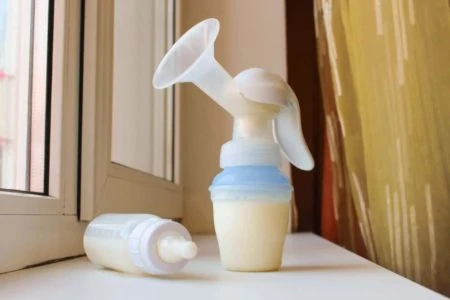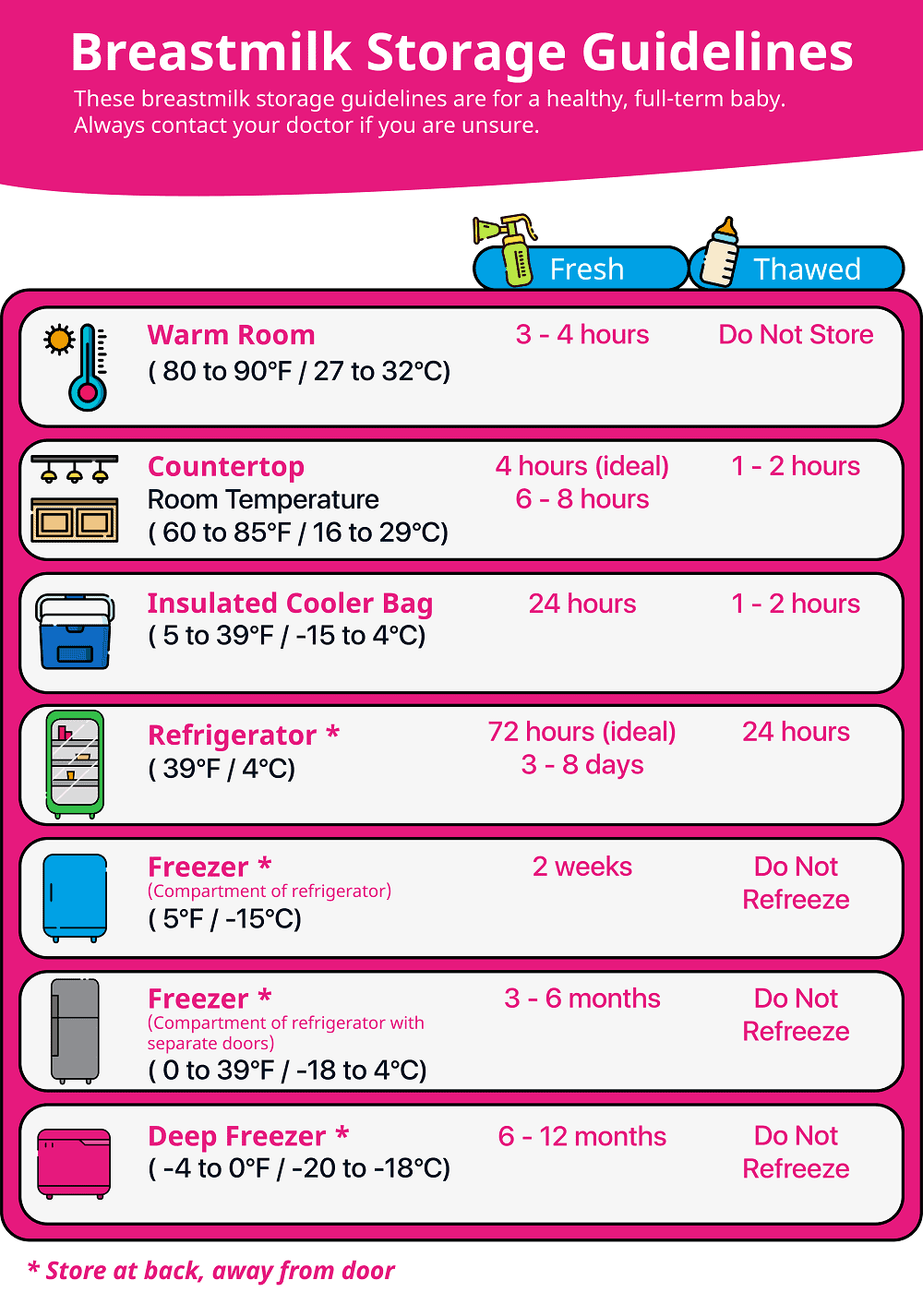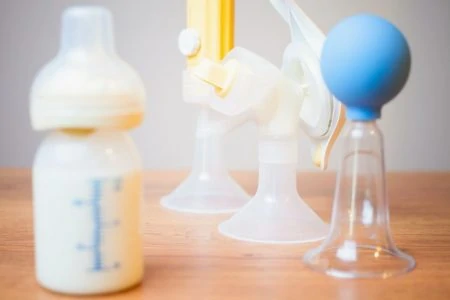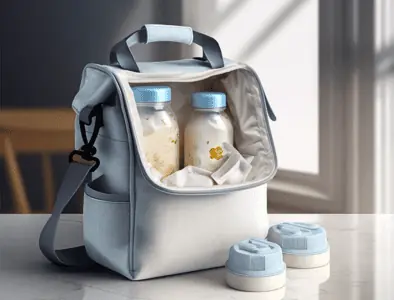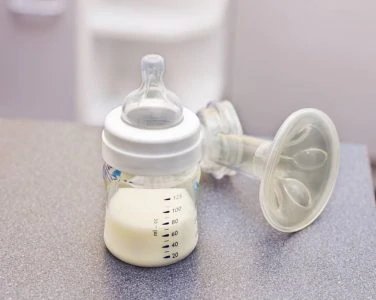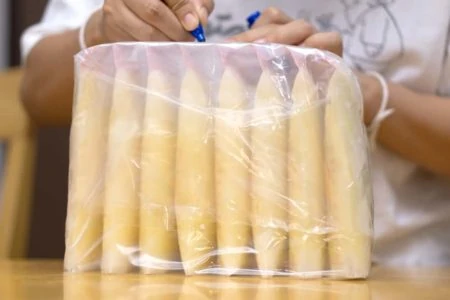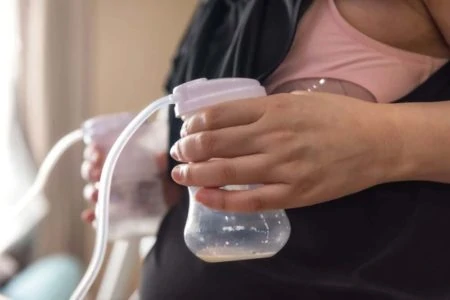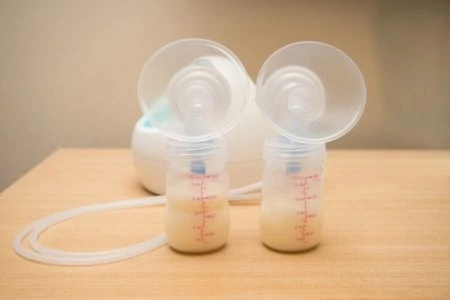Breast milk is liquid gold. You work hard to produce it, so pouring it down the drain feels like a tragedy.
Newborn life comes with a steep learning curve. Between sleep deprivation and feeding schedules, remembering safe storage guidelines is tough. We are here to simplify the science.
We will break down exactly how long breast milk lasts on the counter, in the fridge, and in the freezer so you never have to waste a drop.
Key Takeaways
- Room temperature: Freshly pumped milk is safe on the counter for up to 4 hours.
- Refrigerator storage: Store milk in the back of the fridge for up to 4 days.
- Freezer storage: Milk lasts up to 12 months in the freezer, though 6 months is best for quality.
- Thawing rules: Never use a microwave; thaw in the fridge or with warm water and use within 24 hours.
Storage Times for Breast Milk
How long you can keep your milk depends entirely on temperature control. The general rule of thumb many moms use is the “Rule of 4s” to keep things simple.
If you plan to freeze your milk, do it as soon as possible to preserve nutrients. While freezing keeps milk safe for a long time, vitamin C levels decrease the longer it sits in cold storage (1).
Here is the breakdown for cold storage:
- Refrigerator: You can store breast milk in the fridge for up to four days. Always place it in the back where the temperature is consistent, rather than the door.
- Freezer: Milk is safe in the freezer for up to 12 months, though usage within six months is ideal for taste and quality.
- Coolers: If you use an insulated breast milk cooler with ice packs, milk stays fresh for 24 hours. This is perfect for commuting or road trips.
Hygiene matters. Always wash your hands with soap and water before handling pumps or milk containers.
How Long Can Breast Milk Sit Out?
The most common question we get is about room temperature limits. Sometimes you pump and forget to put it away, or the baby falls asleep before finishing a bottle.
Use these guidelines for milk kept at standard room temperature (77 degrees Fahrenheit or cooler):
- Freshly pumped milk: It is safe on the counter for up to four hours. After that, you must refrigerate or freeze it.
- Thawed milk: If you pulled milk from the freezer, it can sit out for two hours max. If not used, it must be tossed.
- Leftover milk: If your baby drank from the bottle, bacteria from their mouth has entered the milk. You must use the remainder within two hours; otherwise, discard it.
You do not have to warm breast milk. Many babies drink it happily at room temperature or cool from the fridge. However, if your little one prefers it cozy, you can use a bottle warmer or a warm water bath.
Thawing Frozen Breast Milk
When you are ready to use your freezer stash, thaw it safely. Always use the “first in, first out” method; grab the oldest bag first to ensure nothing goes to waste (2).
Never thaw breast milk in a microwave. Microwaves heat unevenly, creating “hot spots” that can burn your baby’s mouth. High heat also destroys valuable antibodies and nutrients.
Try these safe thawing methods instead:
- Refrigerator: Move the frozen bag to the fridge the night before. This is the gentlest method.
- Running water: Hold the sealed bag under lukewarm running water until liquid.
- Water bath: Place the sealed container in a bowl of warm (not boiling) water.
Once the milk is fully thawed (no ice crystals left), the clock starts ticking. You must use it within 24 hours. Do not refreeze thawed milk.
What If My Milk Smells Soapy?
Some moms thaw their milk only to discover it smells metallic or soapy. This is likely due to high lipase activity. Lipase is an enzyme that breaks down fat in the milk.
It is safe to drink, but some babies refuse the taste. If you notice this issue, you can scald your fresh milk (heat it to 180°F until bubbles appear around the edges) before freezing it to stop the enzyme activity.
How to Store Breast Milk
Whether you are returning to work or just want a break while your partner handles a feeding, you need the right gear.
You can store breast milk in glass, hard plastic, or breast milk storage bags. If you choose plastic, verify it is BPA-free for safety (3).
Avoid flimsy sandwich bags; they are not built for long-term freezer storage and can leak.
Follow these packing tips:
- Seal it tight: Plastic and glass containers need secure caps. Do not rely on foil or plastic wrap.
- Protect the bags: Storage bags can tear easily in the freezer. I used to place my filled bags inside a rigid plastic bin in the freezer to prevent punctures.
- Label everything: Write the date and amount on every container. If the milk is going to daycare, add your baby’s name.
- Leave room: Liquid expands when frozen. Leave about an inch of space at the top of the container to prevent it from cracking or bursting.
- Portion wisely: Store milk in small amounts (2 to 4 ounces) so you do not have to thaw a huge bag for a small feeding.
If you’re freezing the milk in breast milk bags, lay them flat in the freezer—they’re less bulky than if you set them upright. When they freeze flat, they’re easier to stack and store.
Editor's Note:
Michelle Roth, BA, IBCLC